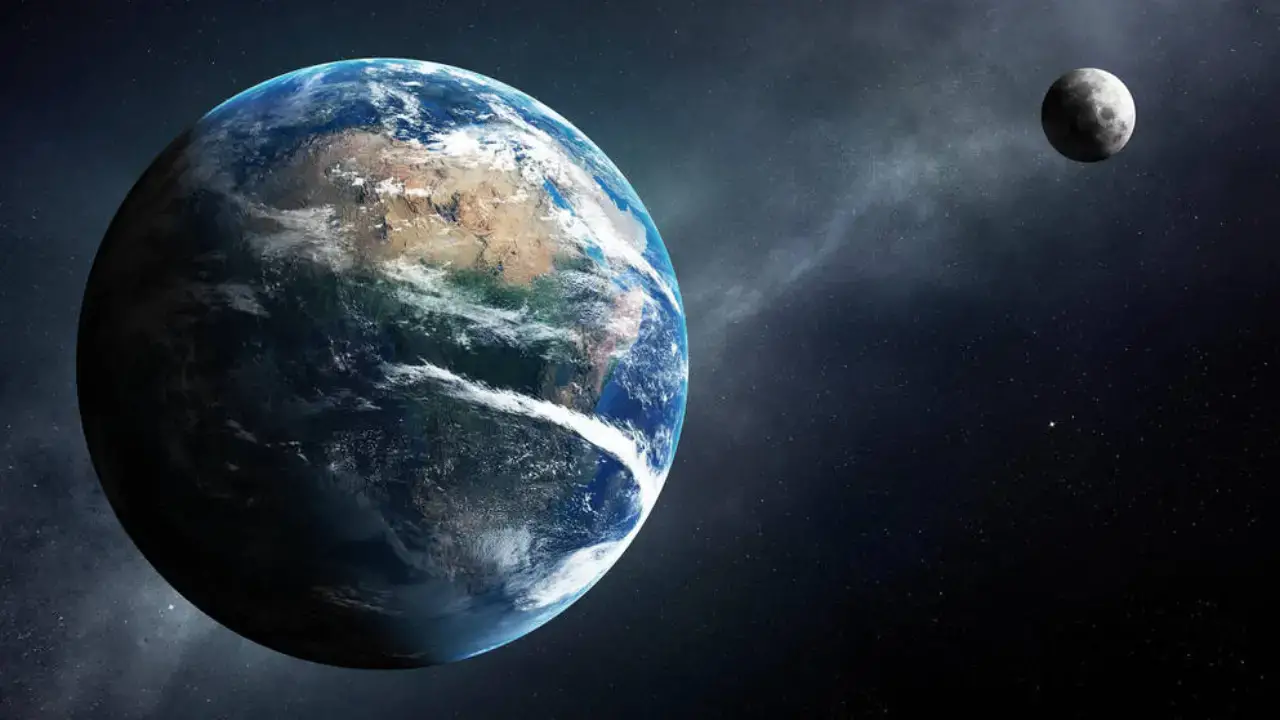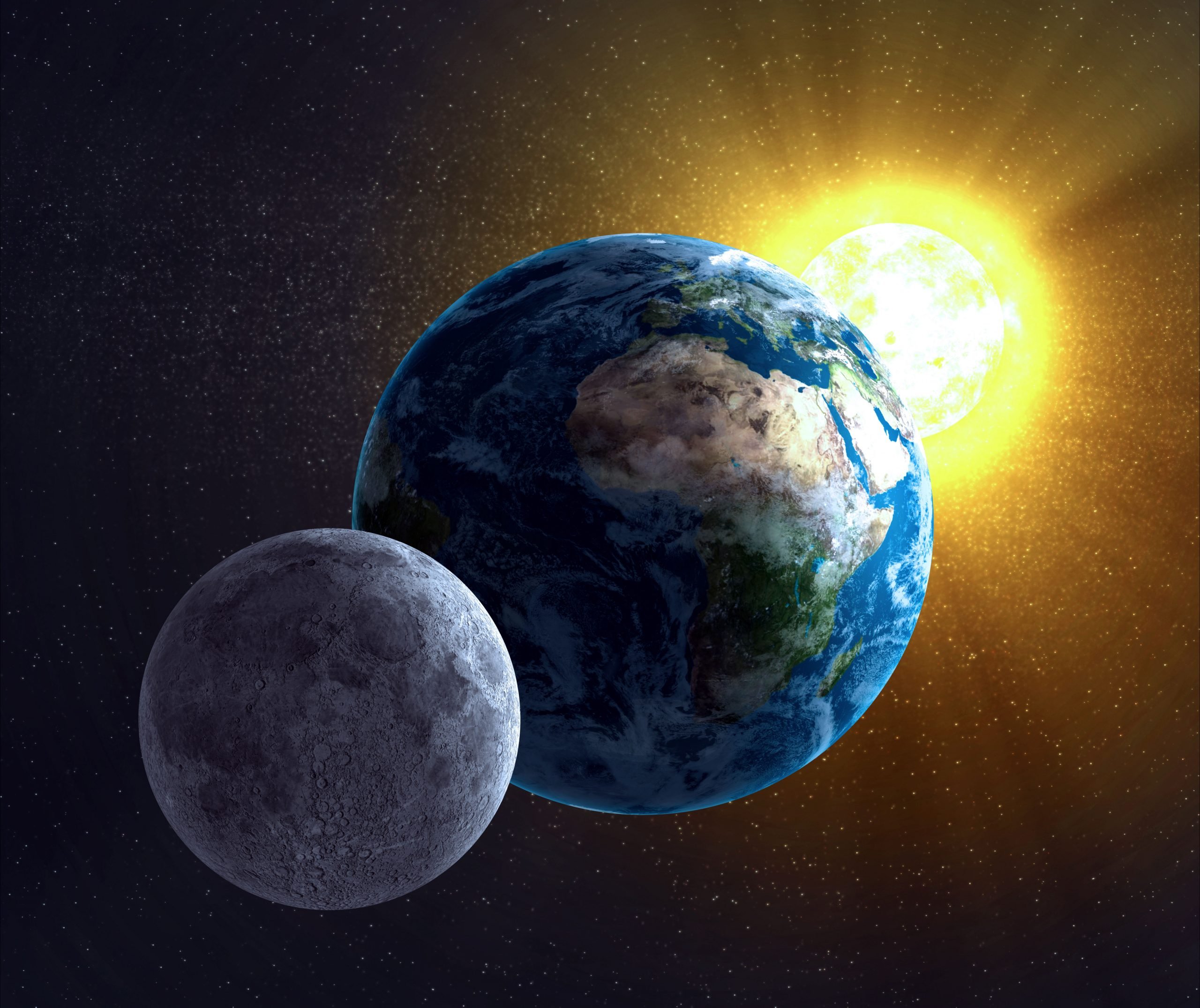
Credit: Alamy
The Moon Is Drifting Away From Earth And It’s Having A Major Impact On Time
The gravitational pull between the Earth and its only natural satellite is weakening.
A group of researchers at the University of Wisconsin-Madison have been collecting data and have established that over the course of millions of years, the Moon is drifting away from Earth and it is having a major impact on time.
This means that our planet is starting to spin slower on its axis and that the Moon is now drifting away from Earth.
What does that mean for us? Well turns out it could have a huge impact on how we perceive the time of day.
Related Article: Couple Claiming To Be Time Travellers From 2027 Share Footage ‘Proving They’re All Alone’
Related Article: Scientists Discover Missing Continent After 375 Years
By studying the Moon, scientists have concluded that it has been moving away from Earth at a rate of 3.82 centimetres per year – which is an incredibly small drift.
To give you an idea of how slow the Moon is moving, it roughly means that in 200 million years’ time, a day on Earth will have increased from 24 hours to 25.
So no need to be worried about having longer days just yet.
Speaking about the findings, Professor Stephen Meyers of the University of Wisconsin-Madison, who is the co-author of the study, said: “As the Moon moves away, the Earth is like a spinning figure skater who slows down as they stretch their arms out.”

To study this process and come up with this conclusion, the researchers involved have been using a method called astrochronology – which links astronomical theory to geological observation.
It is an extremely useful way to accurately measure cycles and large timescales.
Professor Meyers continued: “One of our ambitions was to use astrochronology to tell time in the most distant past, to develop very ancient geological time scales.
“’We want to be able to study rocks that are billions of years old in a way that is comparable to how we study modern geologic processes.”
Related Article: Scientists Believe They’ve Been Contacted Four Times By Aliens
Related Article: NASA Confirms Launch Date To Asteroid That Could Make Everyone On Earth A Billionaire
Meyers and his team conducted this study as they wanted to explore the history of planet Earth as well as look at the possibility of recreating our solar system.
“Beyond about 1.5 billion years ago, the Moon would have been close enough that its gravitational interactions with the Earth would have ripped the Moon apart,” Meyers explained, even though the Moon is 4.5 billion years old – meaning that there is much more data to study.
Professor Alberto Malinvero, the co-author of this study, has admitted that he wants to delve deeper into the investigation and look at ‘different intervals of geologic time’.
Previously Meyers and his team managed to figure out how Earth’s climate cycles work by studying sediments from a 90 million-year-old rock formation.
However, the further back in the rock record he and others have tried to go, the less reliable their conclusions are.